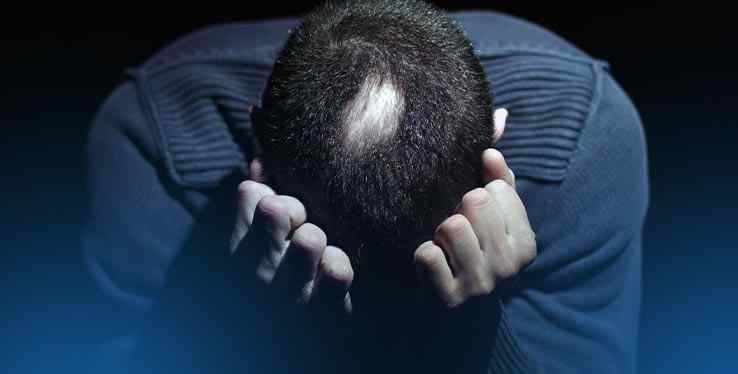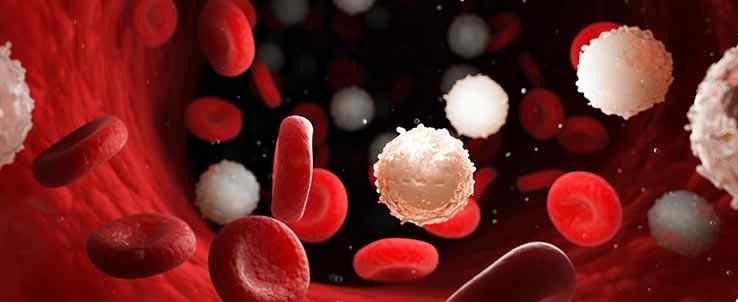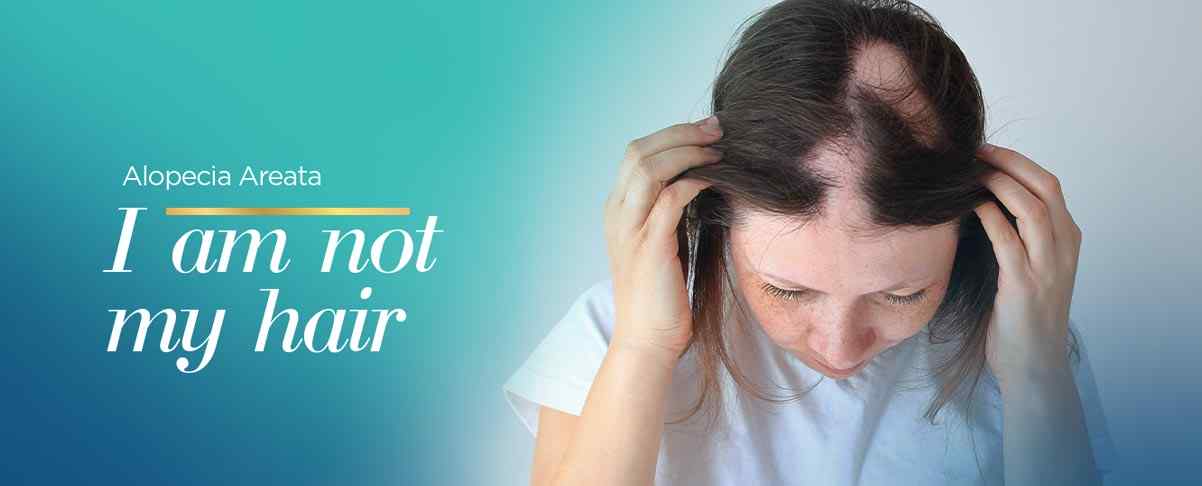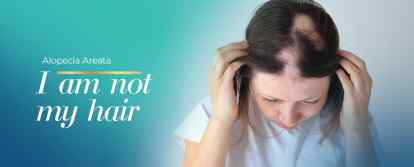Unconventional Therapies for Alopecia Areata

Your hair can be such a big part of your identity, but it also serves a number of important purposes for the body. People who struggle with alopecia areata know all too well how traumatic it can be both emotionally and physically to have issues with hair loss. While a number of treatments for this bothersome condition exist and have been used for years, most come along with substantial undesirable risks and side effects. Certain unconventional therapies for alopecia areata from compounding pharmacies may be more worthy of attention.

In short, alopecia areata is a disease that is characterized by the body actually attacking the hair follicles that produce hair. This unusual occurrence leads to patchy hair loss that can happen pretty much anywhere on the body where hair grows. Alopecia areata is actually quite a common autoimmune disorder, affecting at least 6.8 million people in the U.S. alone.
Alopecia Areata Symptoms
The primary symptoms associated with alopecia areata are related to hair loss. You may notice that you are losing hair in coin-sized patches on your scalp, but you may also notice patches on your legs, under your arms, or even your facial hair. It is not uncommon for alopecia to cause patchy spots in the beard or even loss of eyelashes.
Sometimes, people experience unusual skin sensations just before their hair starts to come out. For example, you may feel like parts of your scalp are itching or feel irritated. The hair loss with the condition can seem to happen out of nowhere—you can lose hair in the affected areas in just a few days or over the course of a few weeks. Other symptoms sometimes pinpointed by doctors during diagnosis include:
-
Hair dying under the skin's surface (cadaver hair)
-
Growing white hair in areas where hair loss has occurred
-
Hairs that grow in an "exclamation mark" formation; thinner bottom and thicker root
One unusual way alopecia can affect someone is in their fingernails and toenails. In some cases, changes in the toenails or fingernails will make an appearance before you notice any type of hair loss. The nails may look dented, rough, lose their shine, or even get super thin and split.
While there are known risk factors for alopecia areata, the exact cause is not known. Researchers do know what is taking place; the body's white blood cells mistakenly attack hair follicles, which in turn causes them to shrink and hair growth slows or even stops. Most research points to some genetic factor that causes the condition. At least one out of every five people who are diagnosed has a family member with alopecia or another autoimmune disorder like atopy. Most cases of alopecia show up in people before they reach the age of 30, but it can affect people of just about any age. Likewise, alopecia areata can affect any gender or race.

Contrary to popular belief, alopecia areata may not always be related to stress. People develop this condition all the time even though they cannot point out any significant trauma or stress that could be related. However, it is not uncommon for alopecia-related hair loss to stem from severe stress, especially in children or young adults.
Does alopecia areata go away?
With alopecia areata, the hair follicles are not necessarily permanently destroyed. Instead, the follicles are temporarily damaged. Therefore, the hair can sometimes regrow in bald spots if the inflammation that surrounds the follicles subsides. It is not impossible for people with milder forms of alopecia to actually have a full recovery over time even without some level of formal treatment.
About 50 percent of people diagnosed with alopecia areata do recover within a year. Unfortunately, however, about 30 percent of individuals will have continuous issues with hair loss or see their condition get worse over time. Roughly 10 percent of people diagnosed with alopecia areata will eventually develop a more severe form of the disease like alopecia totalis or alopecia universalis.
Even though there is no cure for alopecia areata, doctors have relied on certain treatments for a long time that may help hair regrow. Corticosteroids are most commonly the first medicinal treatment given to a patient after their initial diagnosis. These drugs are potent anti-inflammatory drugs that work by suppressing the functions of the immune system—corticosteroids may be prescribed in oral form, as a topical cream, or even injected into the body. Unfortunately, corticosteroids are not good for long-term use as they can create a host of adverse side effects, such as high blood pressure and fluid retention.
Other medications that may be prescribed include:
-
Minoxidil - A vasodilator that changes blood supply
-
Anthralin - Anthracene derivative that slows skin cell regeneration
-
Cepharanthin - A biscoclaur alkaloid with immune-regulating actions
Another treatment known as photochemotherapy—targeted ultraviolet light combined with topical chemotherapy medications—may also be used in more severe cases of alopecia. Cryotherapy is a relatively new form of treatment for alopecia as well and has shown promising results as a conjunctive treatment, but not all patients have access to treatment.
In truth, the best treatment can be medications and solutions that may not be as conventional as what has typically been prescribed for alopecia areata. Several medicinal solutions have shown more efficacy and fewer side effects for patients to endure. Here is a look at some of the unconventional treatment options that you may want to consider beyond recommended corticosteroids or other common systematic medications.
Diphencyprone
Diphencyprone is an immunotherapy medication that can be applied topically to the affected areas of the body where hair loss has occurred. Even though diphencyprone is considered an experimental medication for alopecia, studies have shown the medication to be quite effective. In a study of 41 patients with alopecia, the study participants involved experienced 40 percent of hair regrowth after about six months. Two-thirds of the participants had sustained the new hair growth during a one-year follow-up.
Low Dose Naltrexone
Naltrexone is a medication most often prescribed for the treatment of certain types of addiction. As an opioid receptor antagonist, the medication is definitely effective for the purpose. However, at low doses, between one and five milligrams a day, naltrexone may encourage the body to produce anti-inflammatory beta-endorphins and lower the level of pro-inflammatory proteins in the blood. This action has been examined extensively for a range of conditions and how it could help, including alopecia areata. While the research into LDN (low-dose naltrexone) and alopecia is limited, the medication has the potential to help with immune-cell regulation and hair regrowth.
Squaric Acid
Squaric acid dibutyl ester (SADBE) is a topical immunosensitizer. The medication may be suitable for people who have been dealing with long-term problems with alopecia. In a study published in the Journal of the American Academy of Dermatology, of 26 patients who had alopecia for at least eight years, 50 percent experienced total hair regrowth in six months. Other studies have shown that SADBE may be most effective for alopecia when combined with other therapies like cryotherapy.
With so many people facing problems with hair loss due to alopecia areata, a lot of effort has been made to find more viable medicinal solutions with long-lasting results. If you have been diagnosed with alopecia, be sure to discuss your options with both your doctor and your pharmacist. Oftentimes, you will have to seek a compounding pharmacy to obtain the more unconventional treatments. To find out how we can help, be sure to reach out to us at Harbor Compounding Pharmacy where one of our friendly pharmacists can offer professional guidance.



